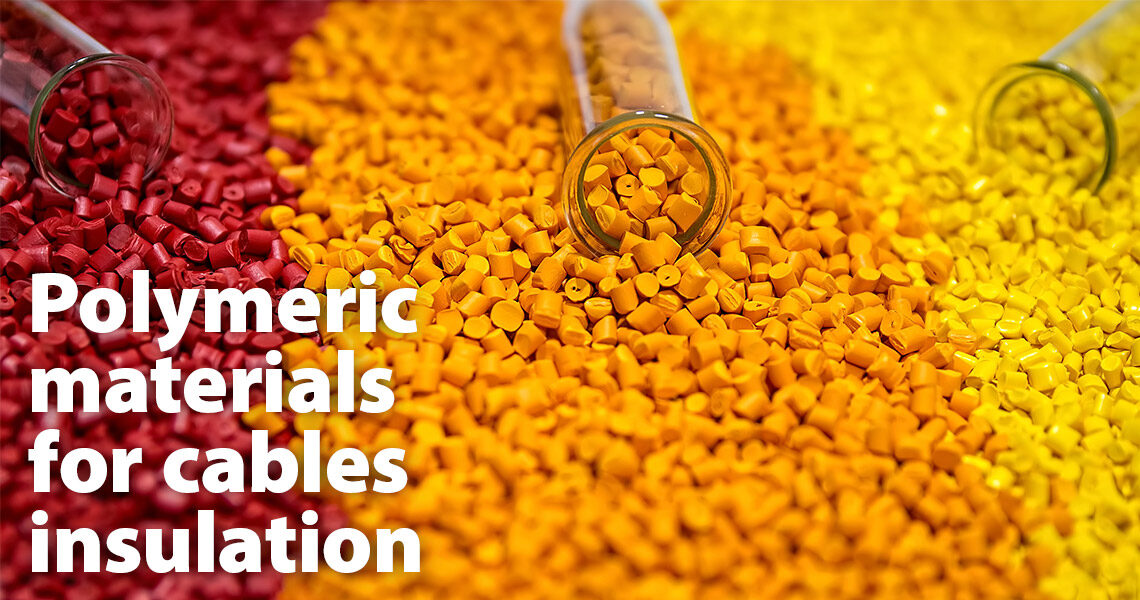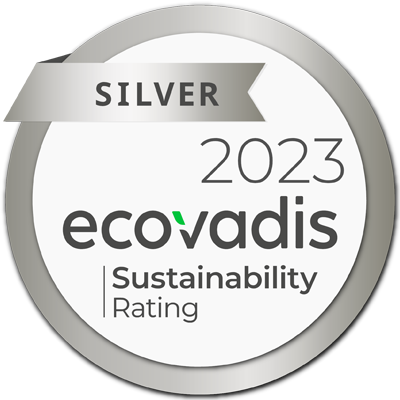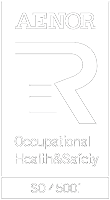- Family: Thermoplastic
- Use: Typically used as a Sheath or Covering
For 70°C operation, sheaths are classed as general purpose, hard or flexible. PVC sheaths are commonly used over insulations of other types up to 90C conductor temperature. By using different plasticisers, stabilisers and other additives in the compound, different properties can be produced, such as sheathing over 85°C PVC insulated cables and low-temperature resistant cables.
General Properties
Introduced during WW2 as a replacement for Rubber which was in short supply after the fall of Malaysia, Polyvinyl chloride is now known a good general-purpose thermoplastic. As the term suggests, the properties of thermoplastics vary with temperature, so at elevated temperatures, PVCs soften; conversely, at low temperatures, they become stiff and rigid. A synthetic polymer of vinyl chloride, it is derived, like the vast majority of cable compound polymers, from oil. Basically a hard thermoplastic, it has many uses, including in its un-plasticised state window frames ((uPVC), pipes and bottles, and in its plasticised state cable compounds, among many others. During compounding, the raw polymer is blended with carefully selected plasticisers, fillers and stabilisers to produce the required performance and properties.
Compounding and Processing
PVC compounds are usually compounded with carefully selected fillers, colouring pigments, stabilisers and plasticizing agents using high-speed mixers and compounding plants, although internal mixers are still used. Different plasticisers and stabilisers are available to extend the temperature range of PVC or change the hardness of the finished compound.
PVC compounds are one of the easiest materials to colour and extrude, being applied by conventional single screw extruders with cooling troughs replacing the vulcanisation tubes used to cross-link rubbers.
Specific Properties of cable compounds
PVC sheaths have good mechanical and ageing properties, with excellent resistance to ozone and weather, and specific resistance to UV can be achieved by including carbon black in the compound.
Cables sheathed with PVC have good resistance to water, but for prolonged or permanent immersion, an alternative sheathing material such as polyethylene is required.
PVC has good resistance to chemicals but can be affected by solvents and some oils, which tend to leach out the plasticiser and can cause the PVC to crack. Specific formulations can offer improved performance if required.
PVC compounds are classed as flame retardant, being self-extinguishing when the source of the flame is removed; however, it achieves this by virtue of the chloride gas it emits when it decomposes, and so PVC is not halogen free and produces black smoke when burned. Its fire properties can be improved by special compounding resulting in what is termed “reduced smoke acid binding PVC”, but the improvements in modern Low smoke, Low halogen compounds have effectively made these compounds redundant.
Uses of material/Cable types
PVC sheaths for power cables are tough and abrasion resistant and are capable of operating on armoured cables with a conductor temperature of 90C, yet PVC sheaths are also compounded to have the desirable “easy tear” properties required by “Twin and Earth” general wiring cables operating at 70C.
PVC is a popular choice of extruded covering over aluminium, copper and lead-sheathed cables to act as both corrosion and mechanical protection.
General-purpose and flexible compounds are suitable for use over cables with a maximum continuous operating temperature of 70°C. There are also special grades suitable for use in low-temperature environments.
Unless designed for use at low temperatures, PVC cables should not be installed or flexed when the temperature is below 0oC unless the cables have been stored above this temperature for the previous 24 hours. Failure to observe this precaution may result in cracking or shattering of the PVC. Once installed and fixed, PVC cables can withstand sub-zero temperatures.
Standards
PVC sheaths are included or referenced in the following standards:
- IEC 60092 – series
- IEC 60245 – series
- IEC 60502-1
- BS EN 50525 – series
- BS EN 50363 – series
- BS 6004
- BS 6231
- BS 6346
- BS 7655
- DIN VDE 0207 – series
- Def Stan 61-12 Part 4
- Def Stan 61-12 Part 5
List of Polymeric materials for cables used:
- Chlorinated Polyethylene – CPE
- Chloro Sulphonated Polyethylene – CSP
- Crossed Linked Polyethylene – XLPE
- Ethylene Propylene Rubber – EPR and EPDM
- Fire performance Silicone Rubber
- General Purpose Silicone Rubber
- LSZH Cross linked
- LSZH Thermoplastic
- Nylon
- Polyethylene
- Polyethylene – PE
- Polyvinyl Chloride – PVC Insulation
- Polyvinyl Chloride (PVC) Sheath
- PVC Nitrile










